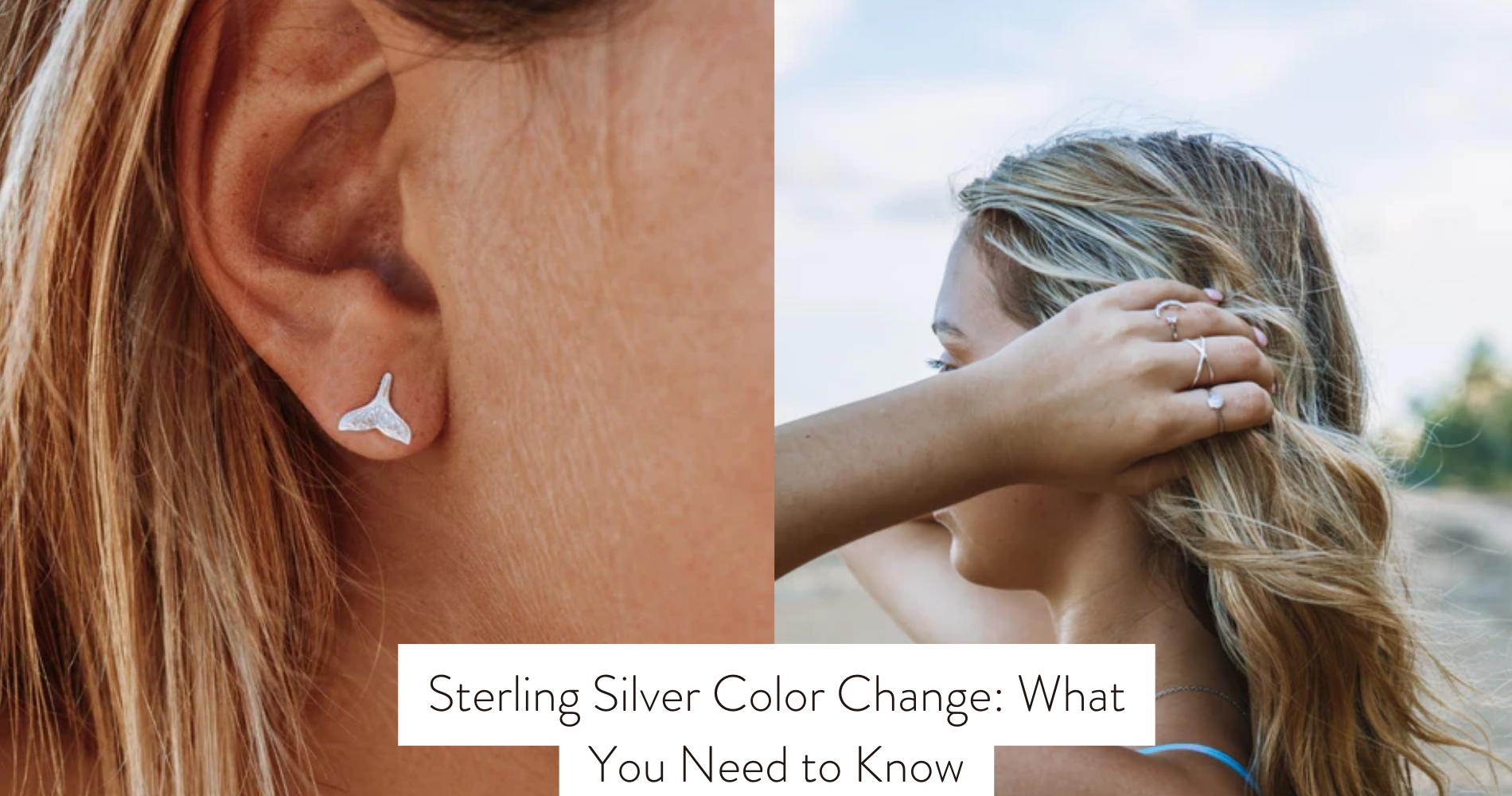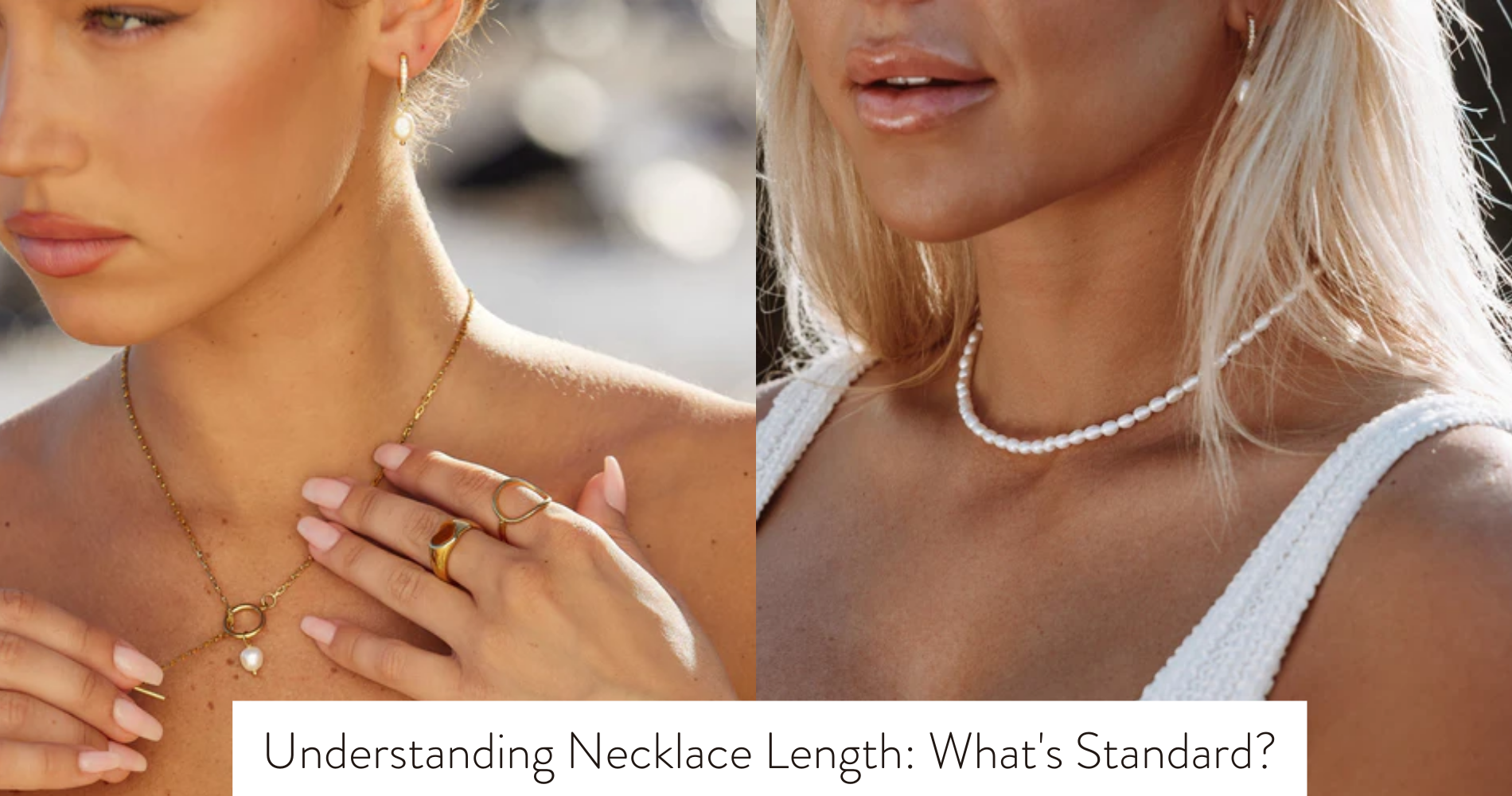
Sterling Silver Color Change: What You Need to Know
Ever wondered why sterling silver changes color over time?
The transformation can be a natural process, but understanding the causes and solutions is crucial.
From simple prevention techniques to recognizing the early signs of tarnish, there are steps you can take to maintain the shine of your precious silver pieces.
Reasons Behind Color Change
Understanding why sterling silver changes color can help you maintain its shine and appearance. The main reason behind the color change of sterling silver is oxidation. When sterling silver comes into contact with air and moisture, a chemical reaction occurs, leading to tarnishing. This tarnishing process causes the silver to darken and lose its original luster.

Additionally, certain environmental factors such as exposure to sulfur-containing substances like rubber bands or certain lotions can accelerate the tarnishing process. Even the pH levels of your skin can impact how quickly your sterling silver jewelry changes color. Other factors to consider include how the silver piece is stored and whether it comes into contact with harsh chemicals.
Preventing Color Change
How can you effectively prevent the color change of your sterling silver jewelry?
To keep your silver looking its best, take proactive steps to minimize tarnishing. One simple method is to wear your jewelry often. The natural oils in your skin can help prevent tarnish buildup.
However, when you're not wearing your silver pieces, store them properly. Keep them in airtight bags or anti-tarnish cloth to shield them from exposure to air and moisture, which can accelerate tarnishing.

Another way to prevent color change is to avoid contact with harsh chemicals. Remove your silver jewelry before swimming in pools or using cleaning products, as chlorine and other chemicals can cause discoloration. Additionally, remember to put on your silver pieces after applying lotions, perfumes, or hairsprays to prevent chemical reactions.
Regular cleaning and maintenance are also essential. Use a soft cloth to gently polish your silver jewelry after each wear to remove any oils or residues that could lead to tarnishing. By following these preventative measures, you can help retain the beautiful luster of your sterling silver jewelry for longer periods.
Recognizing Signs of Tarnish
To identify tarnish on your sterling silver jewelry, inspect the surface for any dullness or discoloration. Tarnish often appears as a thin layer that dulls the shine of the silver, giving it a darker or yellowish tint. Check for any black or brown spots that may have developed on the surface of the jewelry.
Additionally, tarnished silver may lose its luster and appear less reflective than usual. Run your fingers across the surface to feel for any roughness or uneven texture, as tarnish can make the silver feel less smooth to the touch. Pay close attention to areas that are frequently exposed to air and moisture, as they're more prone to tarnishing.
Cleaning and Maintenance Tips
Inspecting your sterling silver jewelry regularly and following proper cleaning and maintenance tips is essential to preserve its shine and prevent tarnishing.
To keep your silver looking its best, gently clean it with a soft cloth after each wear to remove oils and dirt that can cause tarnishing. Avoid wearing your silver jewelry when swimming or using harsh chemicals, as these can accelerate tarnishing.
For a deeper clean, create a mixture of mild dish soap and warm water, then gently scrub your silver pieces with a soft-bristled brush. Rinse thoroughly and pat dry to prevent water spots.
Store your silver jewelry in a cool, dry place away from sunlight and humidity to minimize tarnishing. Consider using anti-tarnish strips or pouches to help absorb moisture and prevent tarnishing between wears.
Restoring Original Luster
To restore the original luster of your sterling silver jewelry, consider using a silver polishing cloth for a quick and effective shine. Silver polishing cloths are specially designed to remove tarnish and bring back the brilliance of your jewelry. Simply rub the cloth gently over the surface of the silver to buff away any dullness or discoloration.

For tougher tarnish or intricate designs where the cloth may not reach, you can also use a silver polish. Apply a small amount of polish to a soft cloth and carefully polish the silver in a circular motion. Be sure to rinse off any residue thoroughly after polishing to prevent skin irritation.
Another method to restore luster is by using a silver dip solution. This method is more aggressive and should be used with caution, following the manufacturer's instructions carefully. Submerge the silver jewelry in the solution for a few seconds, then rinse and dry thoroughly.
Frequently Asked Questions
Is Color Change in Sterling Silver a Sign of Poor Quality or Fake Silver?
Color change in sterling silver isn't necessarily a sign of poor quality or fake silver. It could be due to exposure or chemical reactions. Investigate further to determine the cause, and consult a professional if needed for confirmation.
Can Wearing Sterling Silver Jewelry in the Shower or While Swimming Cause Color Change?
Wearing sterling silver jewelry in the shower or while swimming can cause color change due to exposure to chemicals like chlorine. To prevent this, it's best to remove your silver pieces before engaging in such activities.
Are There Specific Foods or Substances That Can Accelerate the Tarnishing Process in Sterling Silver?
Eating sulfur-rich foods like eggs or onions can speed up tarnishing on your sterling silver jewelry. These foods release sulfur compounds that react with the silver, causing it to tarnish more quickly than usual.
How Does Humidity and Climate Affect the Rate of Tarnishing in Sterling Silver?
In humid climates, sterling silver tarnishes quicker due to increased moisture in the air. Moisture reacts with the metal, causing discoloration. Protect your silver by storing it properly and using anti-tarnish solutions or cloths.
Can Color Change in Sterling Silver Be Reversed Without Using Commercial Cleaning Products?
To restore the color change in sterling silver without commercial products, try a gentle homemade remedy. Mix warm water and mild dish soap, then scrub the piece with a soft cloth. Rinse and dry thoroughly for best results.
Conclusion
So, now you know the reasons behind sterling silver color change, how to prevent it, recognize signs of tarnish, clean and maintain your silver jewelry, and restore its original luster.
By following these tips and tricks, you can keep your sterling silver pieces looking beautiful and shiny for years to come.
Don't let tarnish dull your sparkle - stay on top of maintenance and enjoy your silver jewelry for a lifetime.



















Leave a comment
This site is protected by hCaptcha and the hCaptcha Privacy Policy and Terms of Service apply.